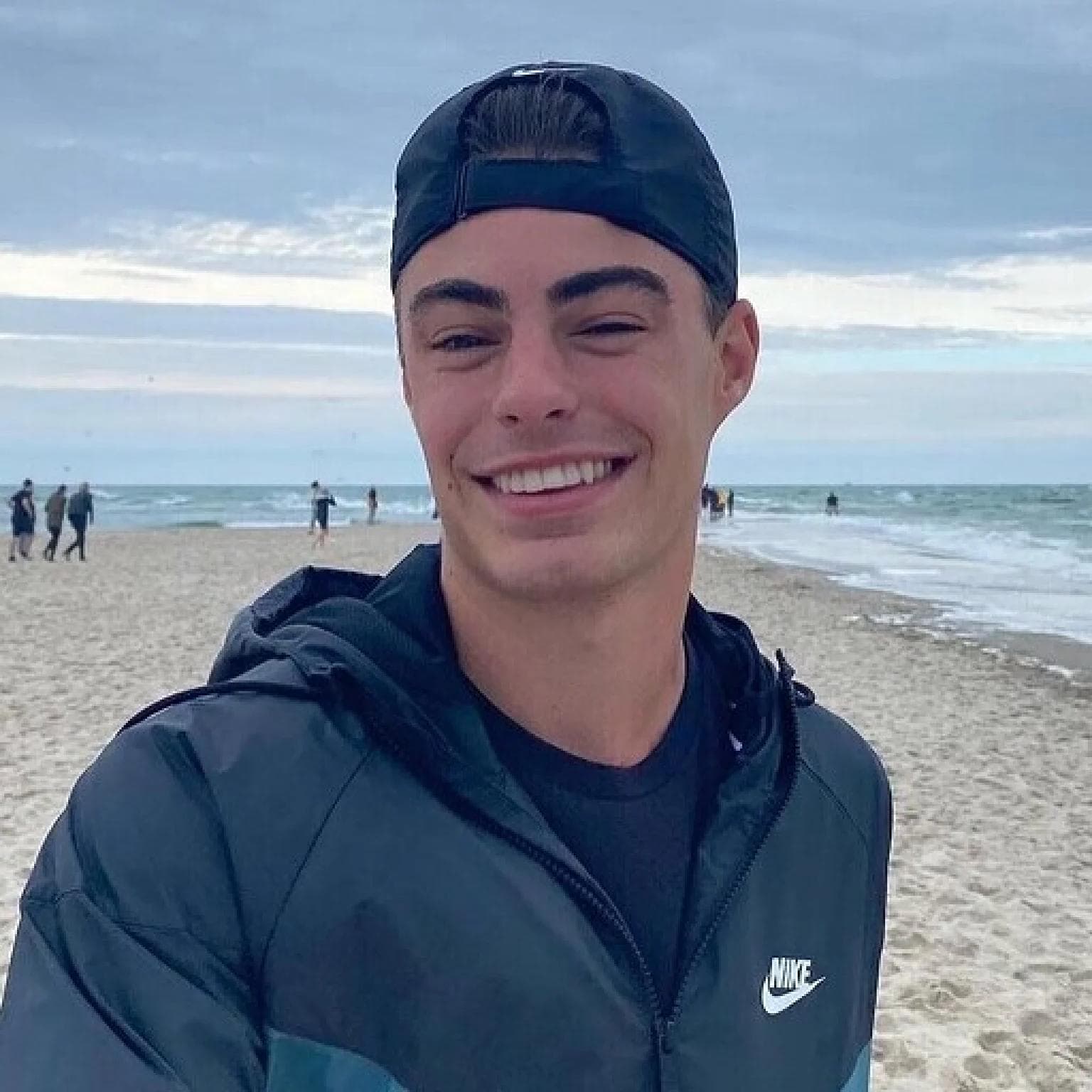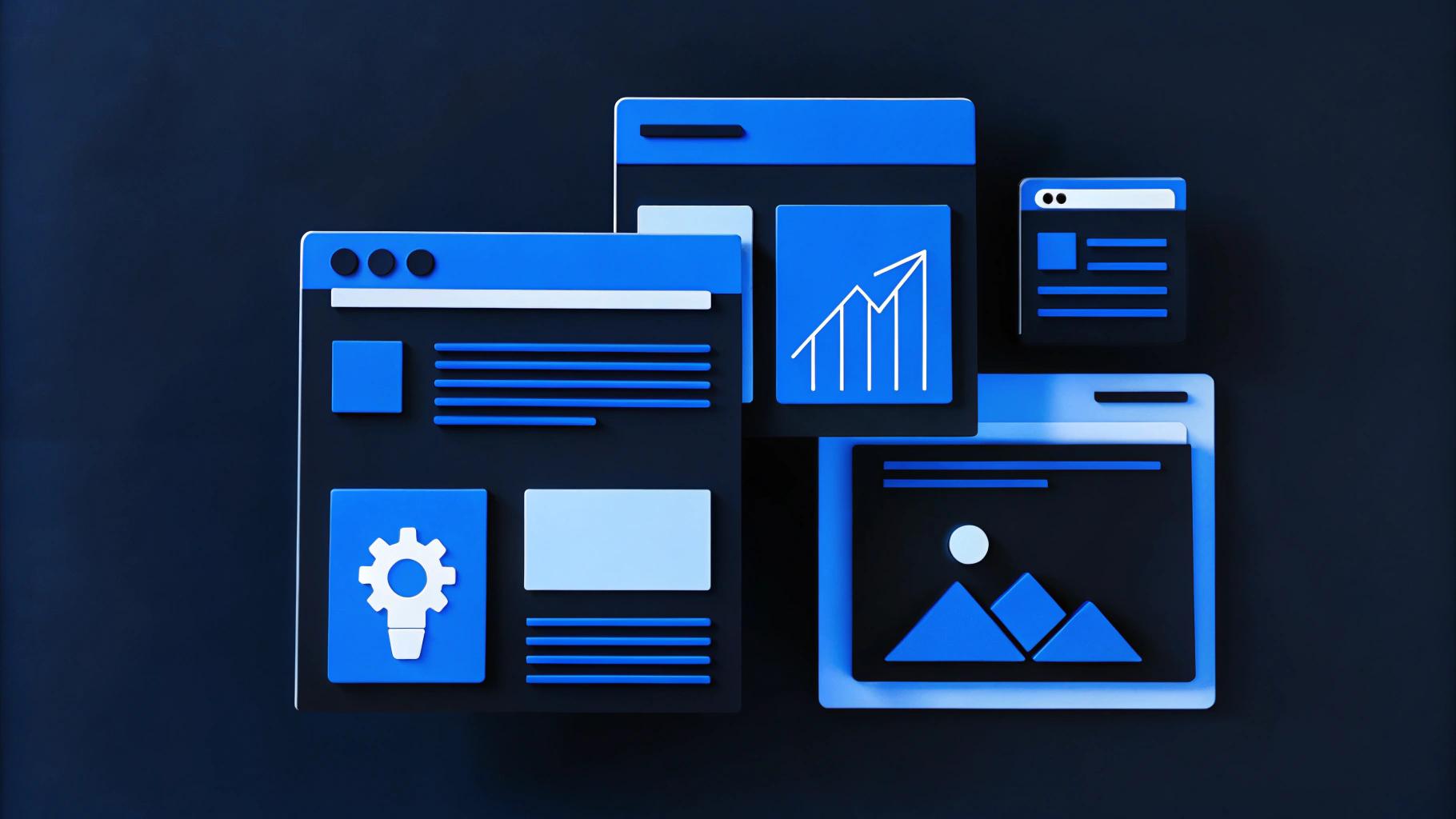Managing content has become increasingly complex. With websites, mobile apps, IoT devices, and social media channels all vying for attention, businesses need scalable, flexible, and future-proof solutions to deliver consistent, high-quality content.
Traditional content management systems (CMS) often fail to provide the necessary agility and scalability to meet these demands. Enter the headless CMS. It separates the backend content management from the frontend display, providing more freedom for developers and flexibility for businesses.
In this article, we’ll explore the benefits of a headless CMS and how it addresses modern content challenges.
In brief:
- A headless CMS enables omnichannel content delivery, allowing businesses to publish across multiple platforms from a single source.
- Decoupling the frontend and backend gives developers greater flexibility while boosting performance.
- Businesses can future-proof their content strategies by easily adapting to new technologies.
- With enhanced security and scalability, a headless CMS empowers organizations to grow without compromising speed or functionality.
The Benefits of a Headless CMS
Before we explore the benefits, it’s important to understand what distinguishes a headless CMS from traditional systems.
Traditional CMS platforms have a tightly coupled architecture where the backend (content management) and frontend (content display) are interwoven. This structure often restricts flexibility, as developers must work within the constraints of pre-built templates and themes.
A headless CMS, on the other hand, removes the frontend entirely. Content is stored and managed in the backend, while APIs deliver that content to any device or platform.
This decoupled architecture offers many advantages, and is the reason why many enterprises opt for a headless CMS platform.
1. Omnichannel Content Delivery
Managing content across multiple platforms is no longer a “nice-to-have”; it’s required for businesses that want to reach audiences wherever they are. A headless CMS makes this possible by serving content through APIs, enabling it to be displayed on websites, mobile apps, smart devices, and even voice assistants without duplication of effort.
Imagine a scenario where your marketing team needs to update a product description. With a traditional CMS, you’d likely have to make separate updates for each platform. A headless CMS eliminates this redundancy by allowing a single source of content to be distributed to multiple channels simultaneously.
Furthermore, as new platforms and devices emerge, your content infrastructure can easily adapt. For example, if your business decides to launch a smartwatch app, you won’t need to rebuild your entire CMS. Instead, you’d create a new frontend application that pulls content from the same backend via APIs.
2. Developer Flexibility
Developers often find themselves constrained by the rigid templates and themes of traditional CMS platforms. A headless CMS provides a blank slate, empowering developers to choose the frontend frameworks and tools that best suit their needs. For example, platforms like Contentful offer extensive capabilities.
Whether it’s React, Vue.js, Angular, or another modern technology, developers can build highly customized, performant frontends without CMS-imposed limitations.
A headless CMS also enables parallel workflows. Content editors can manage and publish content independently, without waiting for developers to update templates or fix frontend issues. Conversely, developers can focus on creating rich user experiences without being slowed down by backend content management tasks.
This separation of concerns leads to faster development cycles, as teams can work simultaneously without bottlenecks. It’s a win-win: developers get full creative control, and content editors enjoy a streamlined publishing process.
3. Improved Performance and Faster Load Times
Website speed influences for both user experience and SEO. Traditional CMS platforms can struggle with performance due to server-side rendering and monolithic architectures. A headless CMS, however, optimizes performance by delivering content via APIs, which can be cached and distributed through Content Delivery Networks (CDNs).
With static site generation (SSG) or client-side rendering, content can be pre-rendered and served instantly to users for a better site experience. This reduces server load and speeds up page rendering. Faster load times lead to higher engagement, lower bounce rates, and improved search engine rankings.
For businesses operating in multiple regions, CDNs can distribute content globally and support fast access regardless of a user’s location.
4. Scalability and Future-Proofing
As businesses grow, their content needs become more complex. Traditional CMS platforms often struggle to scale because their architecture can’t easily accommodate new technologies or increased content demands. A headless CMS addresses this challenge by offering a scalable solution.
Because content is delivered via APIs, a headless CMS can integrate with new platforms, devices, and services without extensive rework. This flexibility allows organizations to stay ahead of technological trends and expand their digital presence with minimal disruption.
Additionally, a headless CMS is often cloud-native, meaning it can automatically scale to handle spikes in traffic or content updates. This ensures high availability and performance even during peak demand periods.
5. Stronger Security
Security is a top concern for any digital platform. Traditional CMS platforms often have a larger attack surface due to their structure which combines content management, presentation, and user authentication in a single system. This can make them more vulnerable to exploits such as SQL injection, cross-site scripting (XSS), and brute-force attacks.
A headless CMS reduces these risks since the content management interface is not directly exposed to the public, so it’s harder for attackers to target. APIs can also be secured with authentication protocols, rate limiting, and other measures to protect sensitive data.
Moreover, many headless CMS platforms are built with modern security best practices, including data encryption, secure API endpoints, and role-based access control.
6. Streamlined Content Management
For content teams, traditional CMS platforms can be cumbersome and require editors to navigate complex interfaces or manually update content in multiple places. A headless CMS streamlines this process by providing a centralized content repository.
With structured content models, editors can create, edit, and manage content without worrying about how it will be displayed. This separation of content and presentation allows for greater flexibility in formatting and layout, so editors focus solely on delivering high-quality content.
Additionally, many headless CMS platforms offer intuitive interfaces, workflow automation, and version control. These features improve collaboration between teams and ensure that content updates are made quickly and accurately.
For organizations with large content libraries or frequent publishing schedules, this can result in significant time savings and improved productivity.
7. Seamless Integration with Third-Party Services
Businesses use a variety of tools, from CRMs and analytics to e-commerce platforms and marketing automation tools. A headless CMS supports seamless integration with these third-party services through APIs. This enables businesses to build a customized tech stack without CMS limitations.
For example, you might integrate your CMS with a personalization engine to deliver tailored experiences to users. Or you might connect it to an analytics platform to gain deeper insights into content performance.
8. Improved Collaboration Between Teams
A headless CMS supports better collaboration between development and content teams by separating their workflows. Developers can build and update the frontend independently, while content editors manage updates through a separate interface.
This parallel approach reduces bottlenecks and empowers both teams to work more efficiently.
Additionally, modern headless CMS platforms often provide role-based permissions, version control, and collaborative editing features to help with teamwork.
9. Better Content Reusability
Creating and managing content at scale often requires reusing assets across multiple projects or platforms. A headless CMS simplifies this process by structuring content in a modular format.
Content elements, such as product descriptions, images, or blog posts, can be repurposed across websites, mobile apps, and other channels without duplication.
This reduces the time and effort required to create new content, improves consistency, and ensures that updates are applied universally.
10. Customization and Personalization
A headless CMS enables developers to build highly customizable frontends that can deliver personalized content based on user preferences, behavior, or location. APIs make it easy to fetch dynamic content tailored to each user’s needs.
This capability supports advanced marketing strategies, such as targeted promotions or localized content.
11. Internationalization and Localization Support
Expanding into global markets requires the ability to deliver content in multiple languages and formats through a global content strategy.
A headless CMS is a great choice for internationalization and localization because it allows businesses to manage multilingual content from a single interface.
Content can be structured with language variants for easy updates and translations. APIs facilitate the delivery of localized content to the appropriate audiences, so that users receive a relevant experience regardless of their location.
12. Reduced Vendor Lock-In
Technology evolves rapidly, and businesses need the flexibility to adapt without being tied to a single vendor. Traditional CMS platforms often lock organizations into proprietary ecosystems, making it difficult to switch providers or integrate new technologies.
With a headless CMS, you can change your frontend frameworks, hosting providers, or other components without affecting the underlying content structure. APIs provide a standard interface for content delivery and easily integrate with third-party services and platforms.
This modular approach reduces long-term dependency and supports innovation by allowing teams to experiment with new technologies. Businesses can stay agile and responsive to market changes, and prevent their digital infrastructure from becoming outdated.
13. Cloud-Native and CDN-Friendly
Many headless CMS platforms are designed to be cloud-native, which means they can take full advantage of scalable cloud infrastructure. This allows businesses to handle traffic spikes, deliver high availability, and ensure global content distribution through Content Delivery Networks (CDNs).
With cloud services, businesses reduce the need for on-premise infrastructure and maintenance.
Boost Your Website Performance With a Headless CMS
A headless CMS offers a powerful solution for businesses looking to manage content across multiple platforms with greater flexibility, scalability, and security. And with faster load times, you can guarantee users will have a great experience browsing your site.
If you’re considering implementing a headless CMS, download our headless CMS implementation checklist to guide your decision-making process and make sure you’re equipped to maximize the benefits of this transformative approach to content management.




